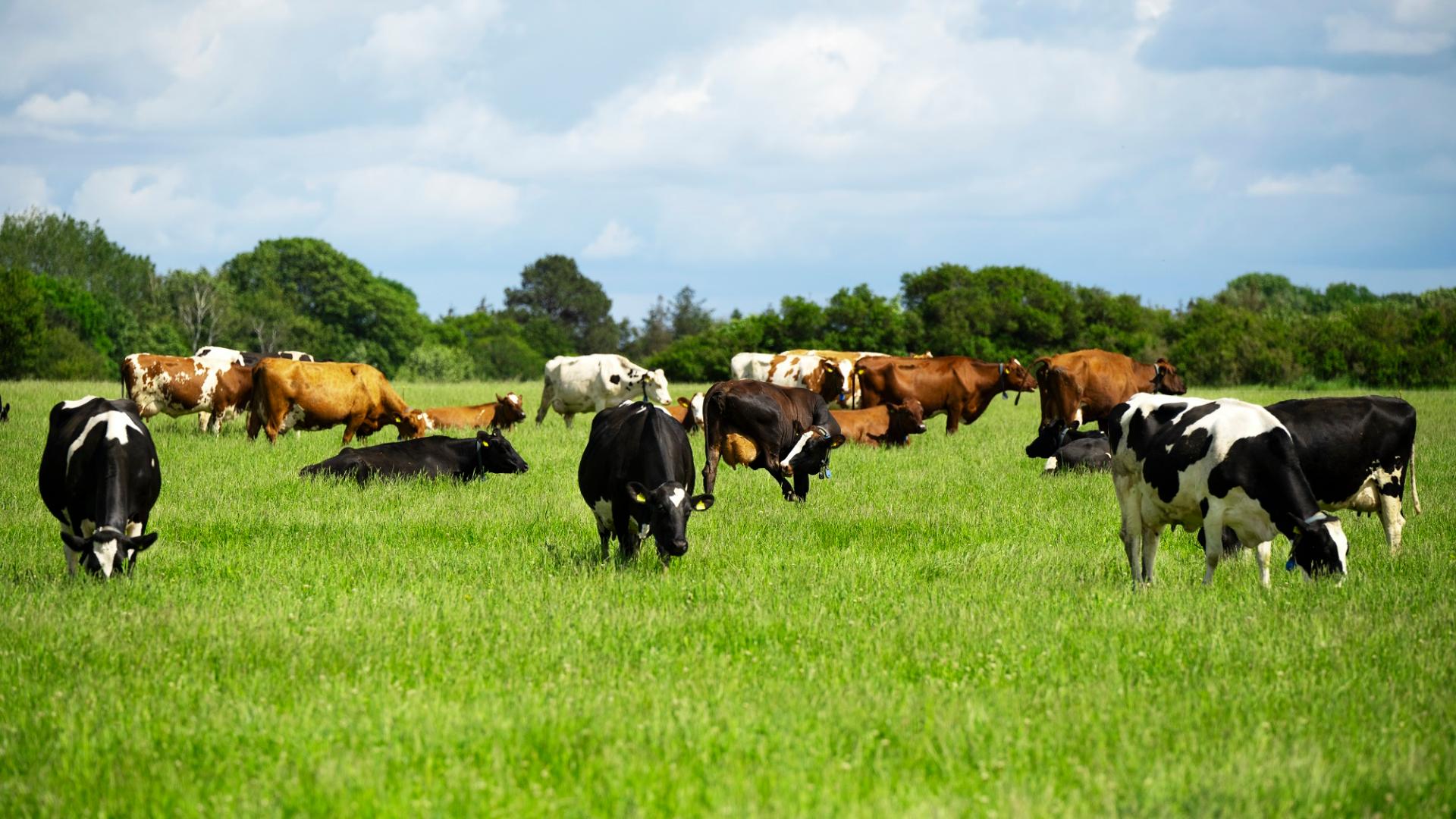Differences in breeding material can be a sign of progress
If you look closely at a field crop, you can see the differences between the varieties

It can be difficult to spot the differences in varieties, when looking at a field of grasses, clovers or alfalfa
Nevertheless, the differences are there and you should keep an eye out for the smallest of differences, when searching for crops fitting your location, field farm and management
Breeders at DLF are constantly looking for differences in their breeding material, as any differences can affect you as a farmer.
DLF Alfalfa is one of the newest breeding programs in DLF. DLF has a strong portfolio, in which many varieties have been launched. Between every variety, there are differences that could be of great importance for the individual farmer.
Breeders at DLF focus on digestibility, protein, disease resistance, pest and disease resistance that might be difficult to spot in the field.
Breeders at DLF focus on digestibility, protein, disease resistance, pest and disease resistance that might be difficult to spot in the field.
We have recently launched these high quality varieties*:
It can be tricky to select the exact match for your requirements, and distinguish between qualities that DLF's varieties have, wich is why our local sales representatives are eager to assist you.
If you want to know more about DLF Alfalfa, management and how Alfalfa can provide you with high quality forage you can do so here.
ANDANTINO
- Exceptional yield of 17,3 ton of dry matter per hectare
- Increased yearly yield with a persistency of 8,1
- Low tendency to lodge with a high score of 7
- Verticillium resistance of 7,6
- Anthracnose resistance of 6,8
- A protein content of 19,3%
- High in energy for milk production with a score of 0,78 (app. 1343 kcal/kg dry matter)
- Very good winter tolerance with a dormancy of 3,92
CIGALE
- Exceptional yield of 17,4 ton dry matter per hectare
- Increased yearly yield with a persistency of 8,1
- Low tendency to lodge with a high score of 6,3
- Quality forage with a nematode resistance of 6,9
- Verticillium resistance of 6,6
- Anthracnose resistance of 9
- A protein content of 19,7%
- High in energy for milk production with a scoreof 0,8 (app. 1360 kcal/kg dry matter)
- Very good winter tolerance with a dormancy of 3,61
LUDELIS
- Verticillium resistance of 7,2
- Very good winter tolerance with a dormancy of 3,52
- High performing variety for soil with low pH
- High protein content of 19 %
- Increased yearly yield with a persistency of 7,9
- Low tendency to lodge with a high score of 6,1
MEZZO
- Exceptional yield of 17,7 ton of dry matter per hectare.
- Increased yearly yield with a persistency of 7,9
- Low tendency to lodge with a high score of 7
- Quality forage with a nematode resistance of 6,9
- Verticillium resistance of 6,6
- High in energy for milk production with a score of 0,79 (app. 1343 kcal/kg dry matter)
- Very good winter tolerance with a dormancy of 3,59
SALSA
- Quality forage with a nematode resistance of 7,4
- A protein content of 19,3%
- Increased yearly yield with a persistency of 7,9
- Very good winter tolerance with a dormancy of 3,96
- High protein content of 19,3 %
ZENITH
- Exceptional yield of 17,7 ton of dry matter per hectare.
- Increased yearly yield with a persistency of 5,6
- Low tendency to lodge with a score of 4,4
- Early and late production with at high dormancy of 7